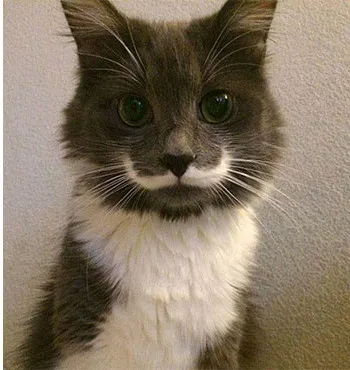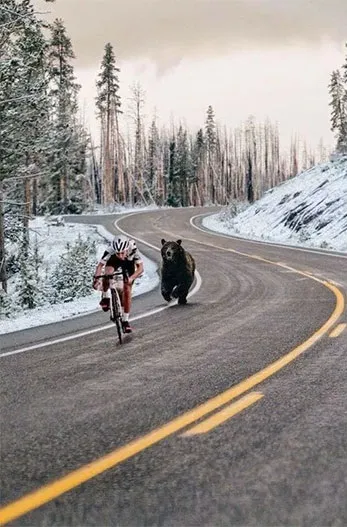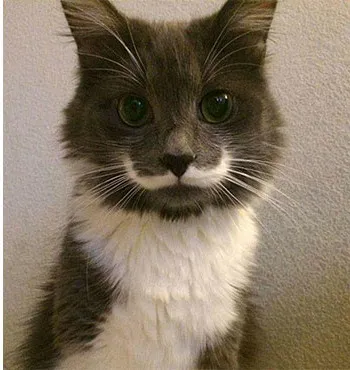在查找图像之间的差异/相似性之前,不要使用像素化来处理图像,只需使用cv2.GaussianBlur()方法对它们进行一些模糊处理,然后使用cv2.matchTemplate()方法来查找它们之间的相似性:
import cv2
import numpy as np
def process(img):
img_gray = cv2.cvtColor(img, cv2.COLOR_BGR2GRAY)
return cv2.GaussianBlur(img_gray, (43, 43), 21)
def confidence(img1, img2):
res = cv2.matchTemplate(process(img1), process(img2), cv2.TM_CCOEFF_NORMED)
return res.max()
img1s = list(map(cv2.imread, ["img1_1.jpg", "img1_2.jpg", "img1_3.jpg"]))
img2s = list(map(cv2.imread, ["img2_1.jpg", "img2_2.jpg", "img2_3.jpg"]))
for img1, img2 in zip(img1s, img2s):
conf = confidence(img1, img2)
print(f"Confidence: {round(conf * 100, 2)}%")
输出:
Confidence: 83.6%
Confidence: 84.62%
Confidence: 87.24%
以下是上述程序中使用的图像:
img1_1.jpg和img2_1.jpg:

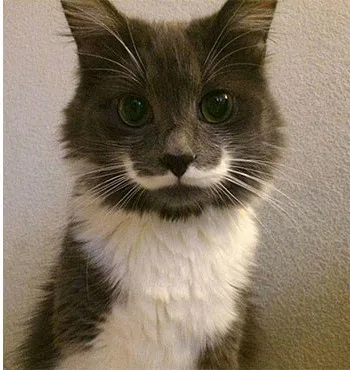
img1_2.jpg和img2_2.jpg:


img1_3.jpg和img2_3.jpg:
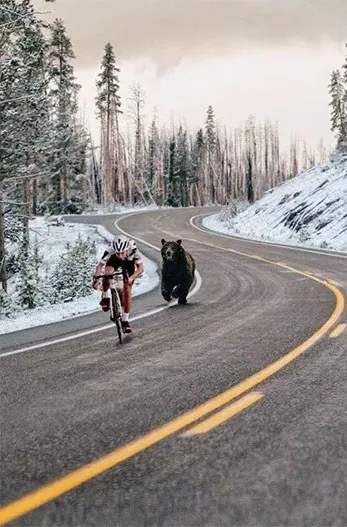
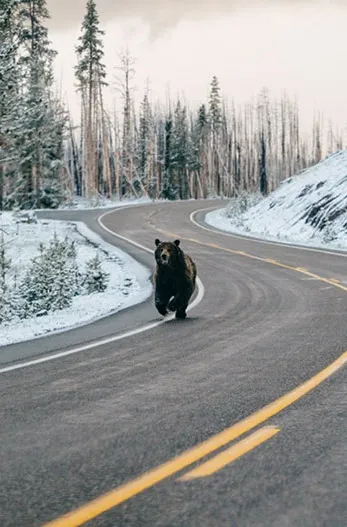
为证明模糊操作不会产生过多的假阳性,我运行了这个程序:
import cv2
import numpy as np
def process(img):
h, w, _ = img.shape
img = cv2.resize(img, (350, h * w // 350))
img_gray = cv2.cvtColor(img, cv2.COLOR_BGR2GRAY)
return cv2.GaussianBlur(img_gray, (43, 43), 21)
def confidence(img1, img2):
res = cv2.matchTemplate(process(img1), process(img2), cv2.TM_CCOEFF_NORMED)
return res.max()
img1s = list(map(cv2.imread, ["img1_1.jpg", "img1_2.jpg", "img1_3.jpg"]))
img2s = list(map(cv2.imread, ["img2_1.jpg", "img2_2.jpg", "img2_3.jpg"]))
for i, img1 in enumerate(img1s, 1):
for j, img2 in enumerate(img2s, 1):
conf = confidence(img1, img2)
print(f"img1_{i} img2_{j} Confidence: {round(conf * 100, 2)}%")
输出:
img1_1 img2_1 Confidence: 84.2%
img1_1 img2_2 Confidence: -10.86%
img1_1 img2_3 Confidence: 16.11%
img1_2 img2_1 Confidence: -2.5%
img1_2 img2_2 Confidence: 84.61%
img1_2 img2_3 Confidence: 43.91%
img1_3 img2_1 Confidence: 14.49%
img1_3 img2_2 Confidence: 59.15%
img1_3 img2_3 Confidence: 87.25%
注意只有当将图像与其对应的图像匹配时,程序才会输出高置信度水平(84%以上)。
为了比较,这里是未经过模糊处理的结果:
import cv2
import numpy as np
def process(img):
h, w, _ = img.shape
img = cv2.resize(img, (350, h * w // 350))
return cv2.cvtColor(img, cv2.COLOR_BGR2GRAY)
def confidence(img1, img2):
res = cv2.matchTemplate(process(img1), process(img2), cv2.TM_CCOEFF_NORMED)
return res.max()
img1s = list(map(cv2.imread, ["img1_1.jpg", "img1_2.jpg", "img1_3.jpg"]))
img2s = list(map(cv2.imread, ["img2_1.jpg", "img2_2.jpg", "img2_3.jpg"]))
for i, img1 in enumerate(img1s, 1):
for j, img2 in enumerate(img2s, 1):
conf = confidence(img1, img2)
print(f"img1_{i} img2_{j} Confidence: {round(conf * 100, 2)}%")
输出:
img1_1 img2_1 Confidence: 66.73%
img1_1 img2_2 Confidence: -6.97%
img1_1 img2_3 Confidence: 11.01%
img1_2 img2_1 Confidence: 0.31%
img1_2 img2_2 Confidence: 65.33%
img1_2 img2_3 Confidence: 31.8%
img1_3 img2_1 Confidence: 9.57%
img1_3 img2_2 Confidence: 39.74%
img1_3 img2_3 Confidence: 61.16%

